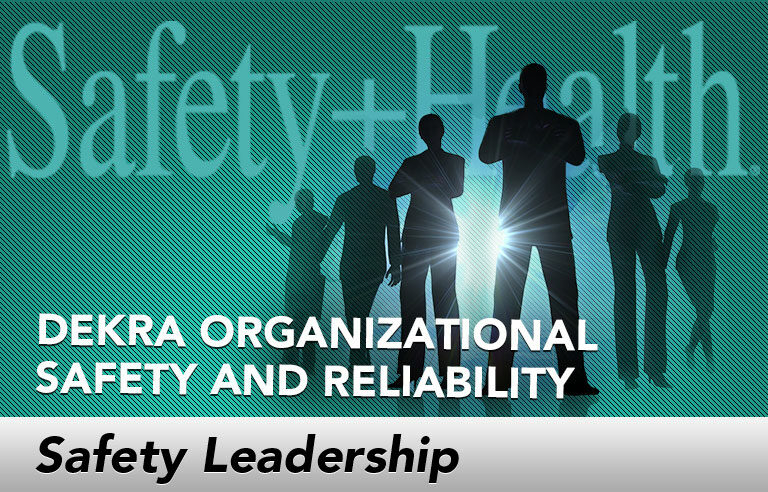Safety Leadership: $30 oil: More than a bad economic situation for the upstream oil industry

The economic downturn in the oil and gas industry has caused significant upheaval within organizations of all types. Many smaller, less-resilient companies have disappeared, while others – both operators and service companies – have faced massive downsizing and the tumultuous reorganization that follows. If the price continues at the present level, further shakeouts will surely follow.
But the drop in oil prices is more than just a financial headache for the industry. It has also produced some very real, very serious implications to safety both at the worker level and in the process safety arena.
The result has been distraction and chaos even in the best companies, spelling higher risk and exposure to serious events. It’s important for leaders to recognize this and understand the ways in which downturns can increase exposure. Knowledge helps us prevent serious and even fatal events, including potential environmental disasters.
Here are some ways economic downturns affect safety – not only in oil and gas, but in many other industries as well:
Loss of skilled labor. Experienced employees are often lost to early retirement as companies attempt to downsize. This is a problem as much in the management ranks as it is on the floor of the rig or in the field, and it remains a concern as the market recovers and prices move to a more profitable position. With recovery comes new hires, and the re-skilling of the workforce can be slow and uneven as people struggle to keep pace with the steep learning curve.
Worker distraction. It is natural for people to worry about their job when their co-workers are being let go. This siphons away some of the focus they need to perform optimally and presents a significant increase in exposure. Compounding this is the fact that during the reorganization period it is likely that one worker has moved to a new area of the organization or taken on new and/or additional responsibilities, making it more difficult to tackle unfamiliar exposures.
Doing more with less. While scrambling to figure out how to stay financially solvent, resources invariably get trimmed. There is less training, less money, less time. The period between preventive maintenance procedures becomes longer and longer, and there is less administrative assistance to keep up with schedules of all types. Safety, unfortunately, can look to some leaders like a luxury the organization can’t afford.
The flight-or-fight response. While those who can get a job in a more secure industry take “flight” to greener pastures (and take their expertise with them), many are either wedded to their current employment or don’t have the requisite skills to work elsewhere. For these folks the fight mechanism can kick in – they strive to become more desirable as an individual contributor. They work at a faster pace, take on more and more tasks, and even take shortcuts to improve their productivity. Because others are in the same predicament, these types of behaviors become the shared norm of the organization, leading to an overtaxed workforce that condones workarounds that put people at risk.
Each of these creates distraction and stress that elevates exposure and risk. It’s up to leaders to recognize them and take action to mitigate their impact. Addressing these sources of risk-increasing behavior in a deliberate and coherent manner will make it much less likely that the unthinkable will occur. It will also position the organization to come back stronger in safety and overall performance when recovery begins. Moreover, it will help prevent the safety culture from atrophying while at the same time prepare the organization for world-class performance during both the chaotic world of recovery and the good times that follow.
This article represents the views of the author and should not be construed as a National Safety Council endorsement.
 Jim Spigener is a senior vice president with DEKRA Insight. Spigener is a highly sought-after speaker who advises senior leaders around the globe on safety performance.
Jim Spigener is a senior vice president with DEKRA Insight. Spigener is a highly sought-after speaker who advises senior leaders around the globe on safety performance.
Post a comment to this article
Safety+Health welcomes comments that promote respectful dialogue. Please stay on topic. Comments that contain personal attacks, profanity or abusive language – or those aggressively promoting products or services – will be removed. We reserve the right to determine which comments violate our comment policy. (Anonymous comments are welcome; merely skip the “name” field in the comment box. An email address is required but will not be included with your comment.)

